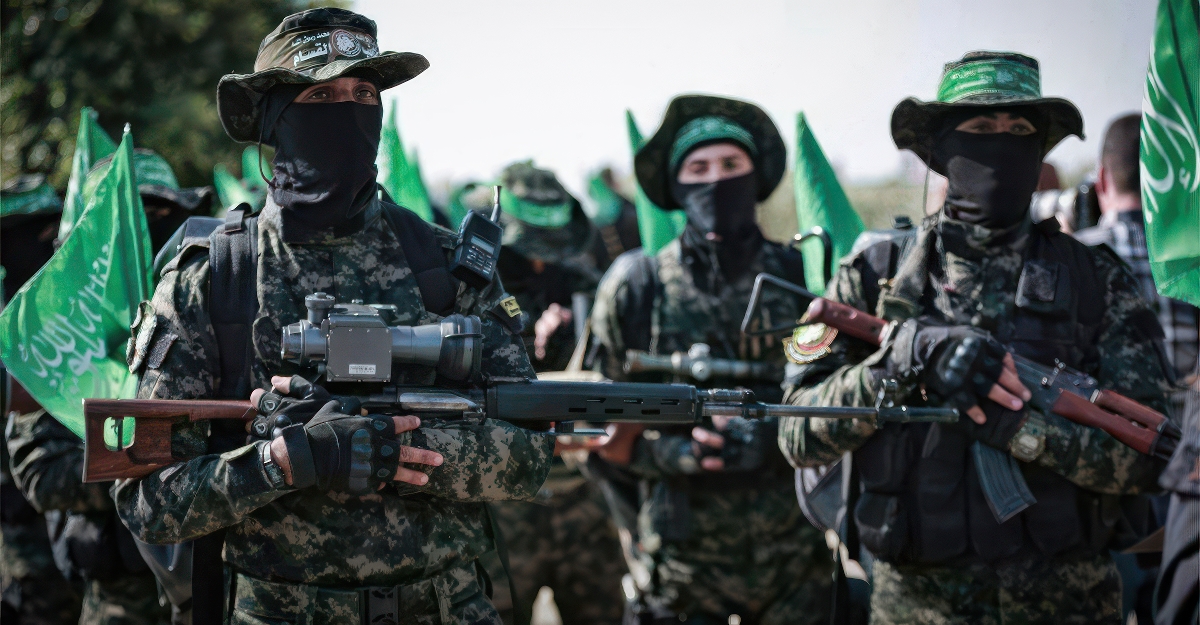
In a landmark moment, Israel and Hamas signed a U.S.-brokered peace deal in Sharm el-Sheikh, Egypt, a major step that could end the two-year Gaza conflict. The agreement—overseen by President Donald Trump and endorsed by Egyptian and Qatari mediators—outlined a phased ceasefire, a gradual Israeli withdrawal, and a sweeping exchange of hostages and prisoners.
Officials involved in the talks called it “the most significant breakthrough in a decade,” according to reports from Cairo.
A Fragile Truce Takes Hold
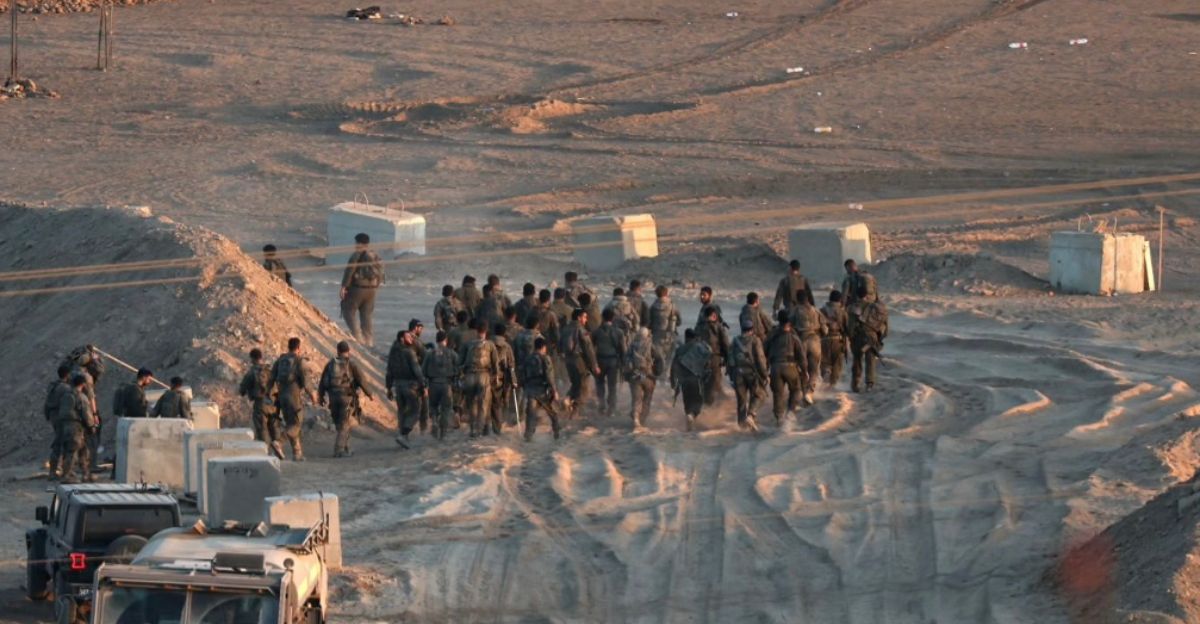
The ceasefire took effect on October 10, as Israeli troops began retreating from Gaza’s border zones under international observation. Aid trucks rolled through Rafah for the first time in months, signaling cautious hope.
Regional observers warned that the truce rested on shaky ground. “This deal was built on mutual exhaustion, not trust,” one analyst told Reuters, noting that Hamas’s refusal to surrender its full arsenal left deep skepticism about its durability.
Public Executions Shake Gaza
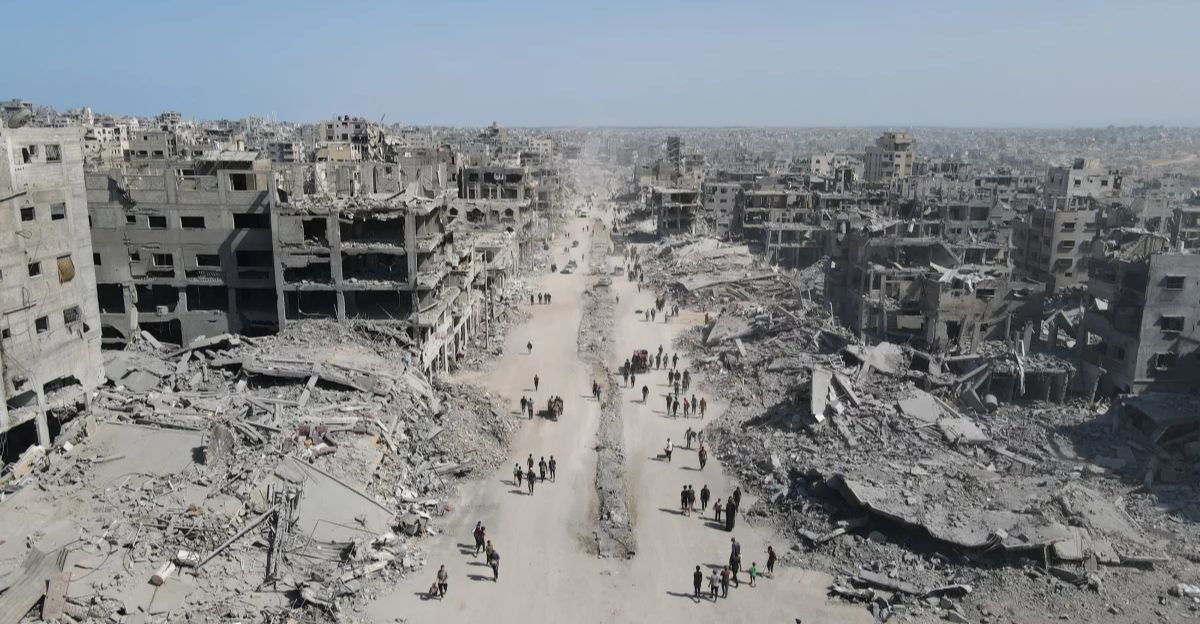
Just hours after the peace announcement, Gaza City descended into chaos. According to multiple eyewitnesses and videos verified by independent media, masked Hamas gunmen paraded blindfolded men into public squares before shooting them at close range. “They wanted to show everyone who still controls Gaza,” one resident told ABC News.
The chilling scenes—crowds watching in silence before erupting into fearful murmurs—contrasted sharply with the peace deal’s celebratory tone in Egypt.
Dozens Reported Killed

Human rights monitors and regional media reported that Hamas executed at least 33 people across Gaza since the ceasefire took hold. Many victims were accused of spying for Israel or supporting rival militias. Local officials described the killings as “swift and coordinated,” suggesting premeditation rather than chaos.
According to a Reuters summary of intelligence sources, several of those executed had been recently freed under the prisoner-exchange terms signed just a day earlier.
Hamas Claims “Justice”
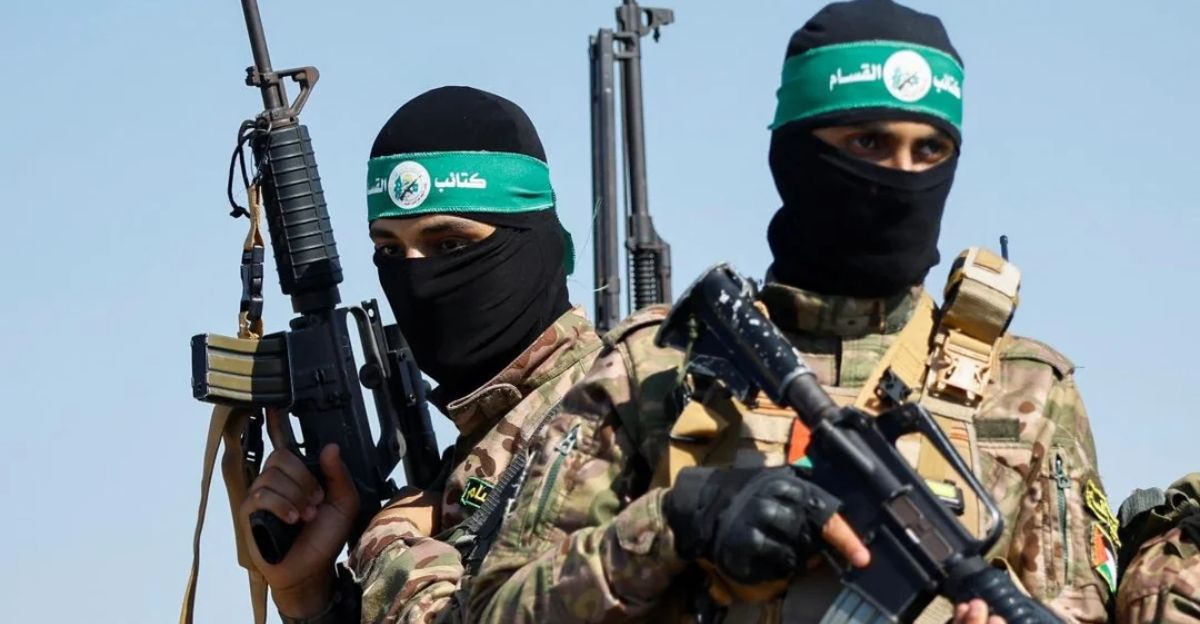
In a statement released through local broadcasters, Hamas officials defended the executions as “justice served” against what they called “traitors collaborating with the enemy.” But the group offered no verifiable proof.
Analysts believe the move was designed to project strength after internal divisions deepened during the war. A senior Middle East expert told the Wall Street Journal that Hamas “fears internal rebellion more than foreign intervention,” and the executions likely reflected that anxiety.
Graphic Footage Verified

Video footage showing the executions quickly spread across social media. BBC Verify and ABC News both confirmed the clips’ authenticity, showing armed men in green headbands firing on bound detainees in Gaza City.
The footage appeared consistent with reports gathered by local journalists, who described the killings as organized and deliberate. According to one ABC correspondent, the silence between gunshots was “more haunting than the violence itself.”
U.S. Responds With Warning
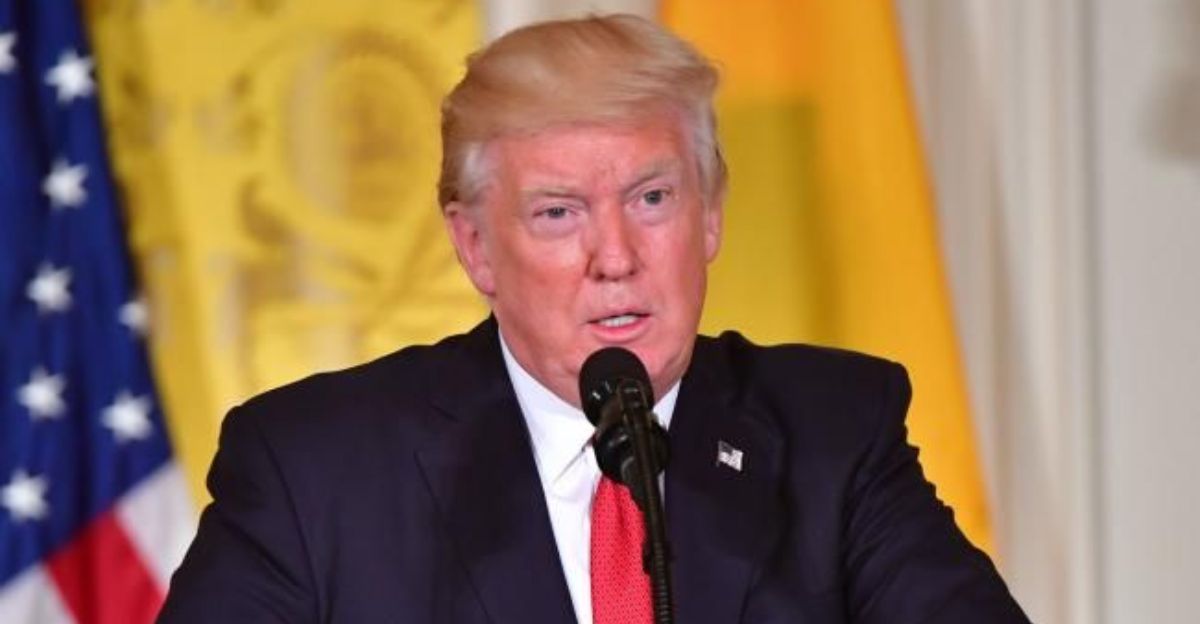
President Donald Trump condemned the killings in a statement from the White House, warning that “disarmament must occur peacefully—or it will occur by force.” U.S. officials said Washington had already contacted regional mediators to demand accountability.
According to State Department aides, the U.S. had made full disarmament a non-negotiable clause in its peace blueprint, envisioning a demilitarized Palestinian Authority under international supervision.
Internal Power Struggles
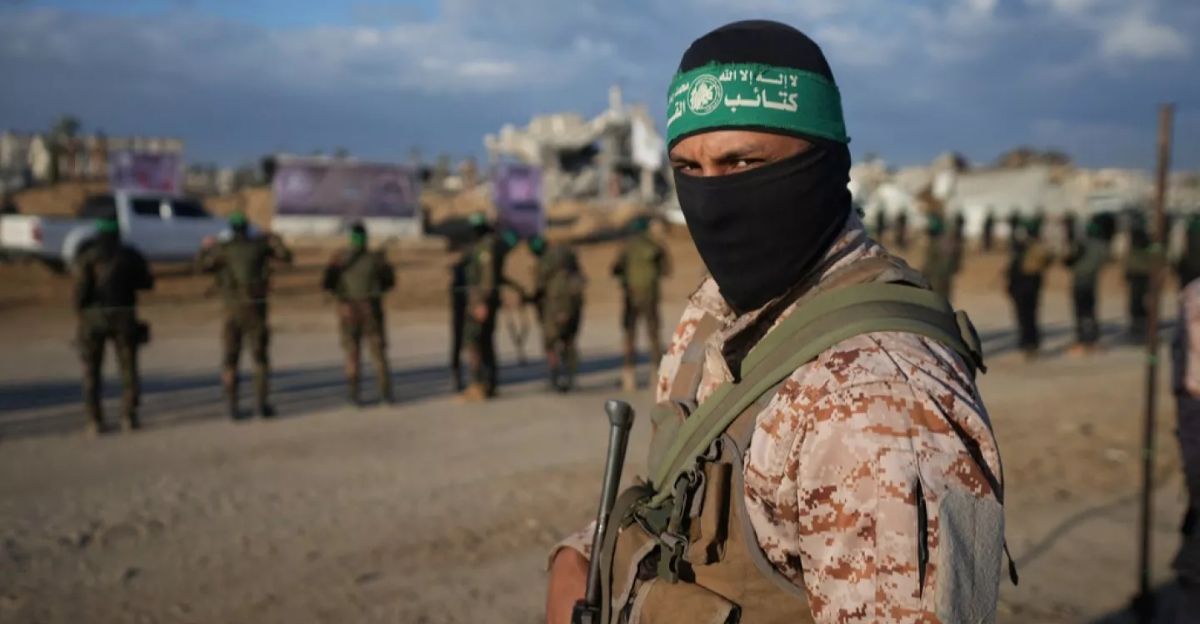
Reports from Gaza suggest the executions were tied to power struggles between Hamas and rival clans, particularly the influential Doghmush family. Residents said the clashes, which killed dozens in southern Gaza, erupted just before the ceasefire was signed.
A security analyst quoted by The Guardian described the purge as “an internal cleansing operation,” aimed at neutralizing potential challengers before the peace terms shifted control away from Hamas.
Human Rights Outcry

The response from rights groups was swift. Amnesty International condemned the killings as “clear violations of international law,” calling for an immediate investigation. “These are extrajudicial executions carried out with complete impunity,” an Amnesty spokesperson said.
Human Rights Watch echoed the concern, warning that such acts “undermine every claim of political legitimacy.” The United Nations also urged Hamas to halt any further reprisals and uphold the principles of due process.
Israel’s Measured Response

Israel, while expressing outrage, refrained from reentering Gaza. Prime Minister Benjamin Netanyahu said Israel would “honor the truce for now” but warned that the government was “monitoring events closely in coordination with U.S. and Egyptian partners.”
According to Israeli defense officials quoted by Haaretz, the decision to hold back was strategic—intended to avoid derailing the peace framework before its enforcement mechanisms were tested.
Gaza Residents in Fear
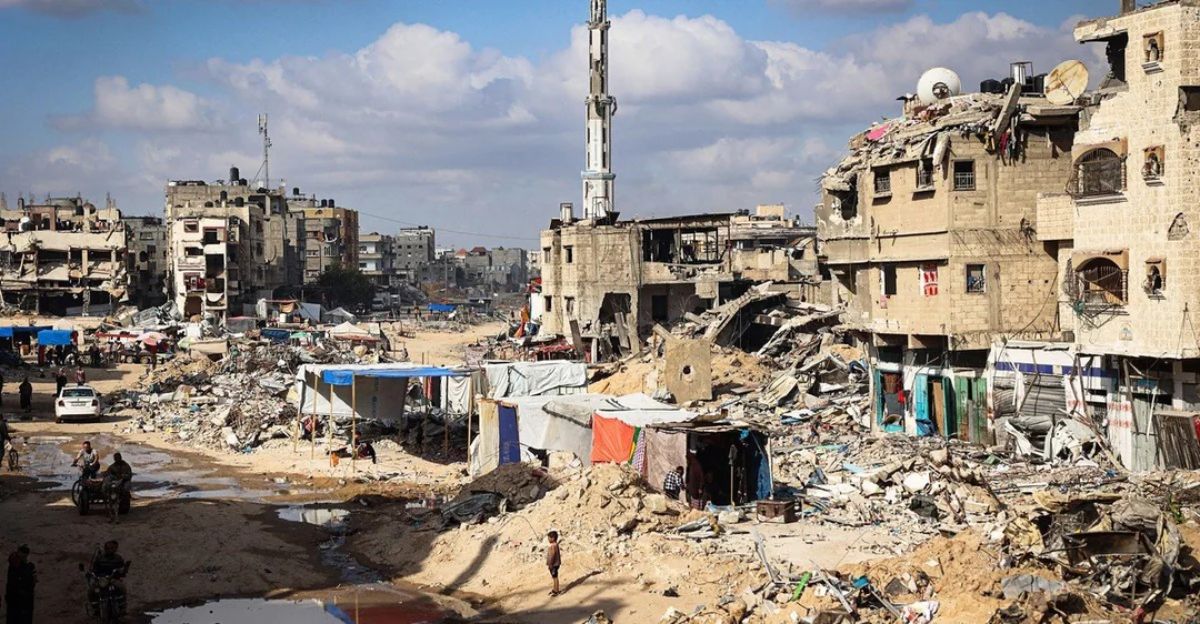
Inside Gaza, fear quickly replaced hope. Residents described militants roaming the streets, checkpoints multiplying overnight, and homes raided under the guise of “security inspections.” “You can hear gunfire all around,” a resident told the Wall Street Journal.
Families reportedly stayed indoors for days, fearing more violence. Local doctors said hospitals were on standby, expecting more casualties if tensions continued to spiral.
Analysts Warn of Collapse
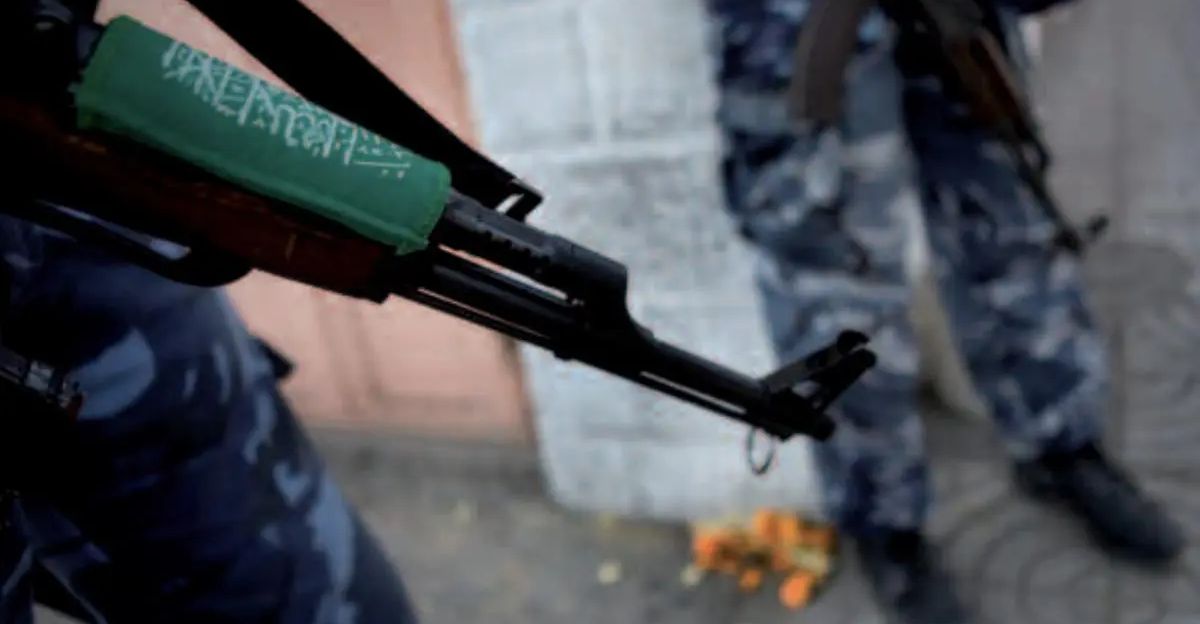
Political analysts say Hamas’s actions may have dealt a fatal blow to the fragile peace. A briefing from the Brookings Institution noted that “visible defiance so soon after signing a ceasefire erodes both credibility and international support.”
Regional scholars added that the executions could fracture donor confidence and complicate U.S.-led reconstruction efforts. As one Cairo-based diplomat told Reuters, “It’s as if Hamas is daring the world to walk away.”
Disarmament Standoff Looms
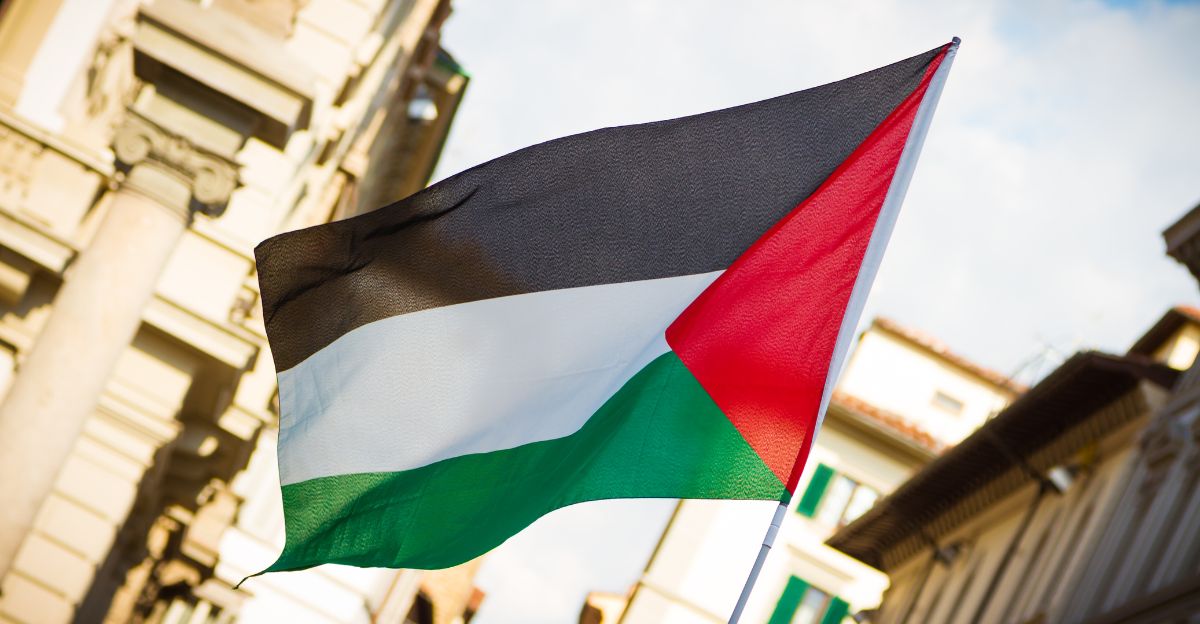
The next phase of the peace plan required Hamas to hand over its weapons and transfer authority to a technocratic Palestinian council. However, sources inside Gaza said senior commanders have resisted, insisting they remain the “guardians of resistance.”
According to The Washington Post, American officials privately warned that any delay in disarmament could trigger sanctions or a renewed military response from Israel. The standoff, they said, is “the biggest test of trust.”
Trump’s “Historic Dawn” Message
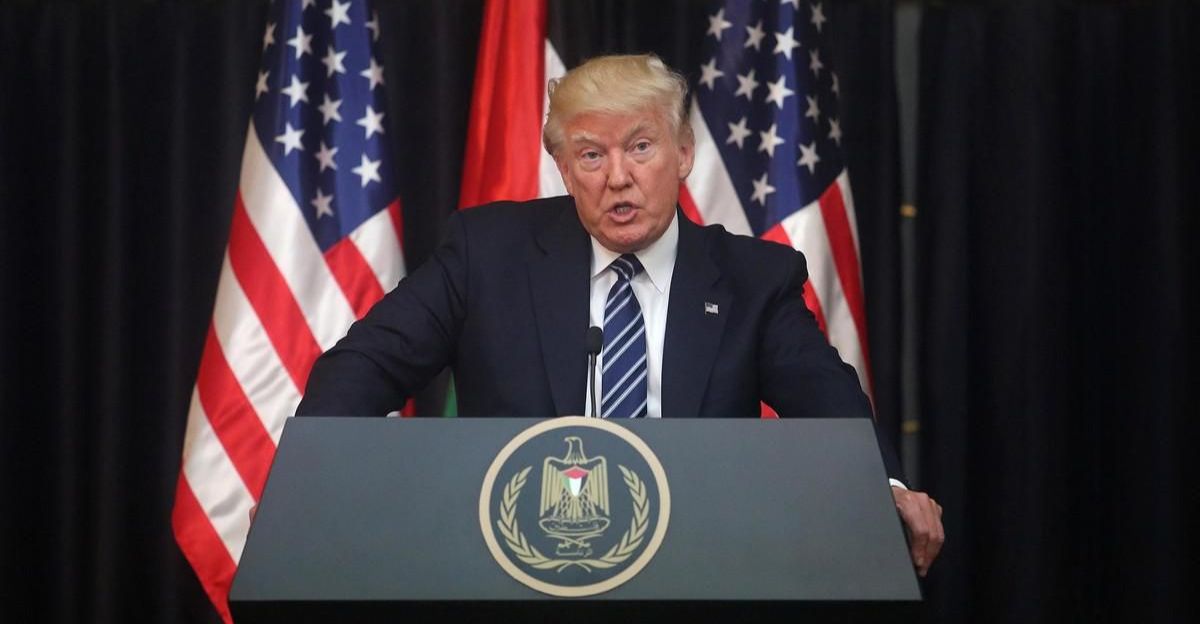
When the deal was signed, President Trump hailed it as “a historic dawn of peace in the Middle East.” The executions, however, quickly darkened that optimism. Within 48 hours, U.S. officials faced a credibility crisis, balancing Trump’s promise of “direct consequences” against the risk of reigniting war.
A senior administration aide told reporters the president was “furious” and viewed the killings as “a direct affront to U.S. guarantees.”
Reactions Across the Region
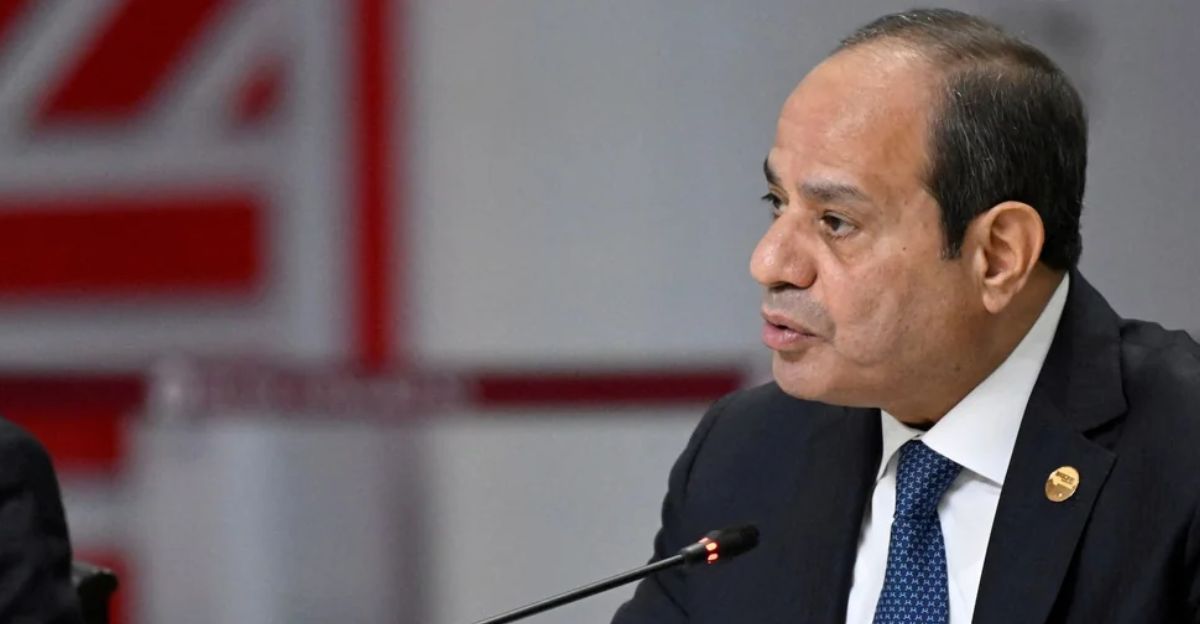
Arab leaders who supported the peace process voiced alarm. Egyptian President Abdel Fattah el-Sisi reportedly phoned Qatari mediators to urge Hamas to “respect the ceasefire’s spirit.” Turkish officials, meanwhile, warned that “reckless actions” could unravel months of negotiation.
According to regional media, both Cairo and Doha sent envoys to Gaza, urging restraint, while Jordan’s foreign ministry issued a rare statement calling for “immediate adherence to international humanitarian norms.”
Gaza’s Civil Tensions Rise
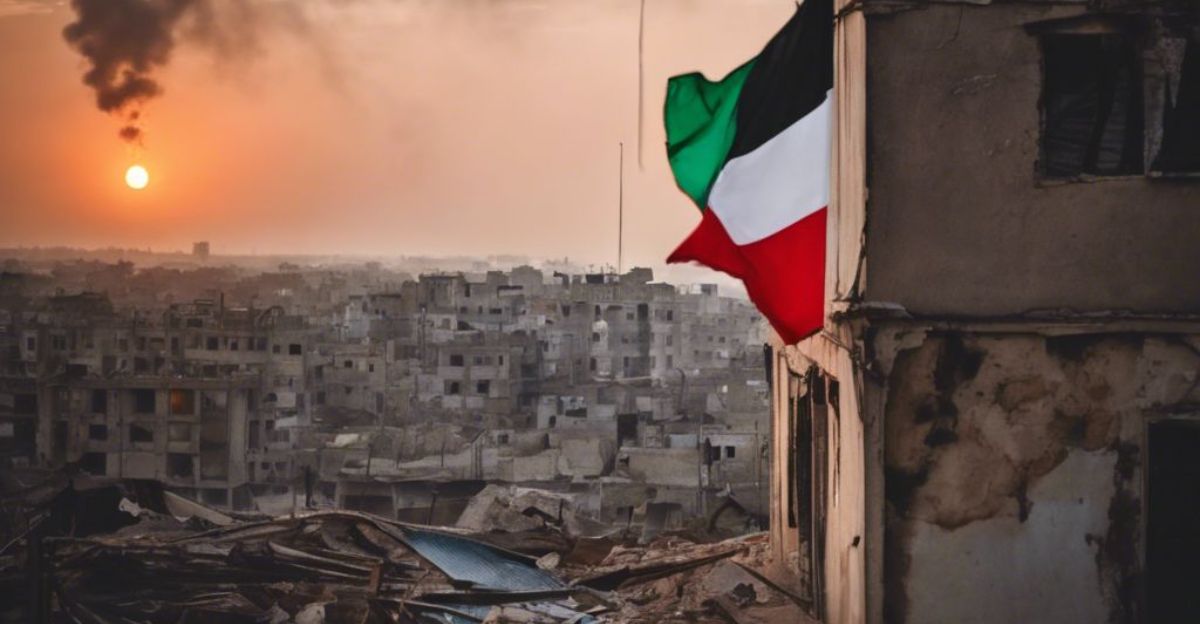
As freed prisoners began returning under the truce, tension rippled through Gaza’s neighborhoods. Hamas security forces reportedly increased patrols and roadblocks, questioning anyone linked to rival factions.
Several residents told The Guardian that the city’s brief celebrations “ended the moment the gunfire began.” Despite the ceasefire, fear and mistrust have replaced the sense of relief that once accompanied talk of peace.
International Calls for Inquiry
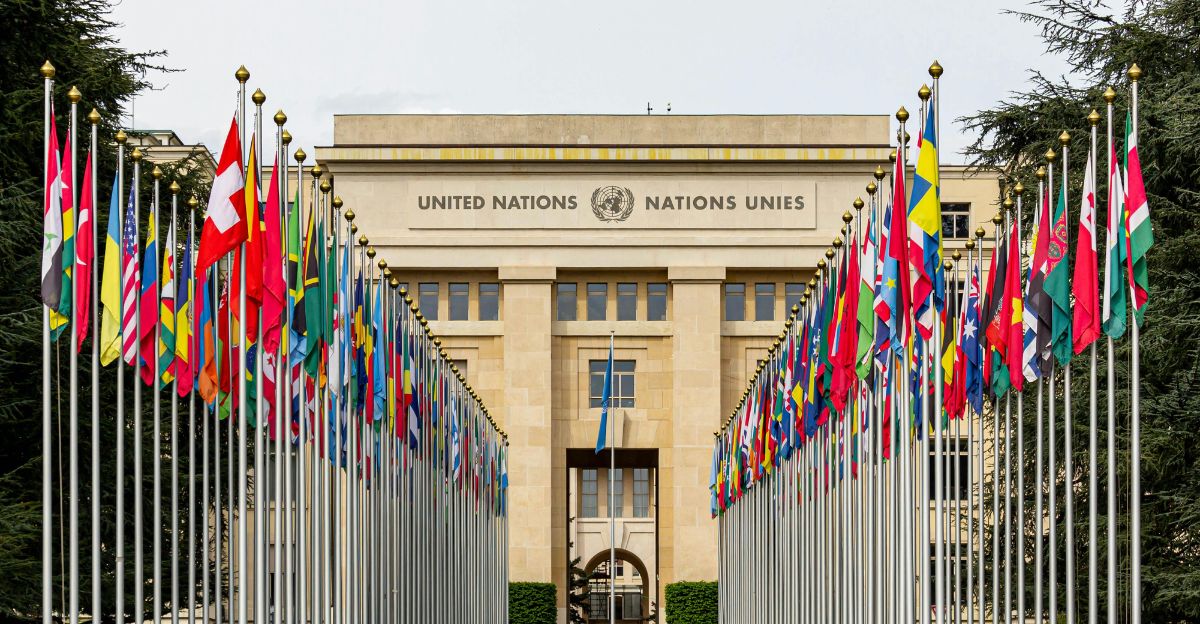
The United Nations and European Union have called for an independent investigation into the killings. A senior UN official in Geneva described the footage as “deeply troubling,” urging all parties to uphold the agreement signed in Egypt.
According to diplomatic sources, UN investigators are seeking access to the sites of the executions but have not yet received Hamas’s cooperation. The EU warned that aid to Gaza could be reviewed if violations continue.
Potential U.S. Review of Aid
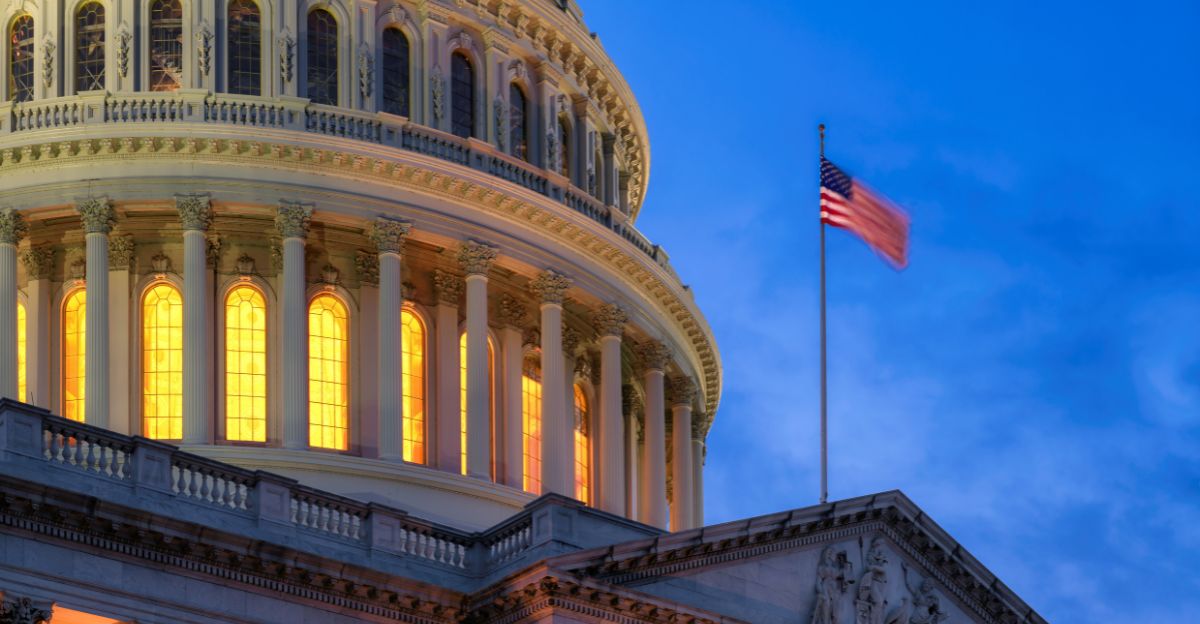
In Washington, officials are reportedly reconsidering reconstruction funding for Gaza. According to State Department insiders cited by Reuters, future aid packages will depend on “clear signs of compliance” from Hamas.
Congressional leaders from both parties have also urged caution, warning that continued violence could make U.S. involvement politically untenable. The White House has not ruled out sanctions if Hamas fails to meet its commitments under the peace accord.
Hope Amid Uncertainty
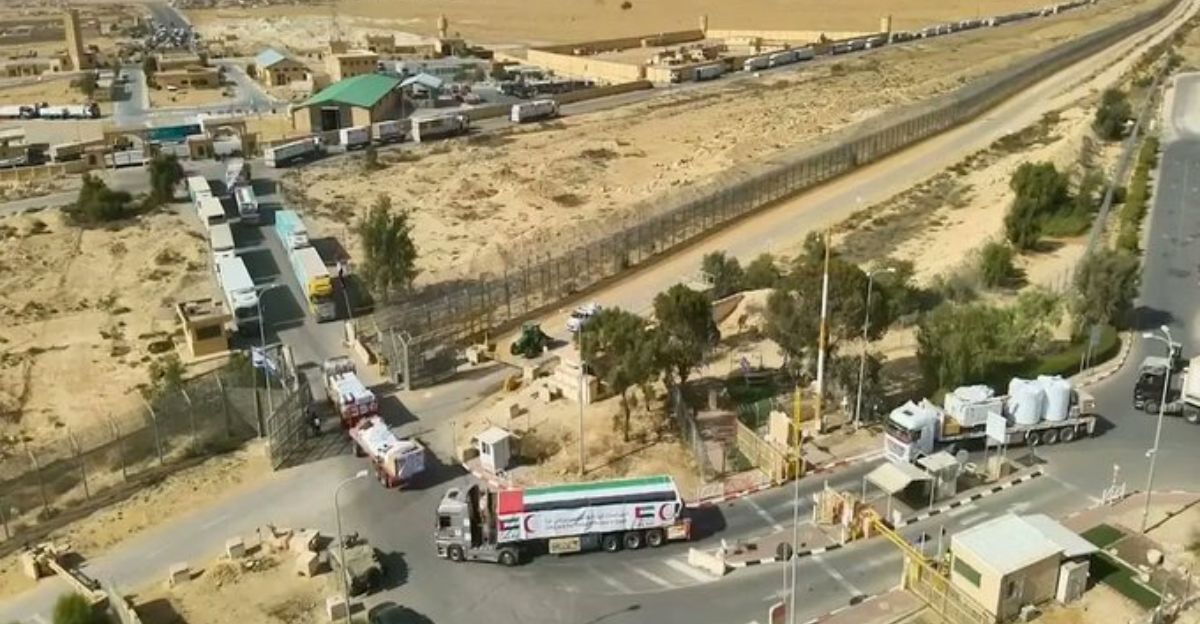
Despite the bloodshed, humanitarian operations have cautiously resumed. Medical aid convoys, escorted by UN vehicles, entered northern Gaza for the first time since the war’s height. Relief workers say conditions remain volatile but not hopeless. “
Every truck that crosses the border is a small victory,” one Red Crescent coordinator told The Guardian. Yet, the fragile calm could evaporate overnight if trust in the ceasefire collapses completely.
A Fragile Peace at Risk
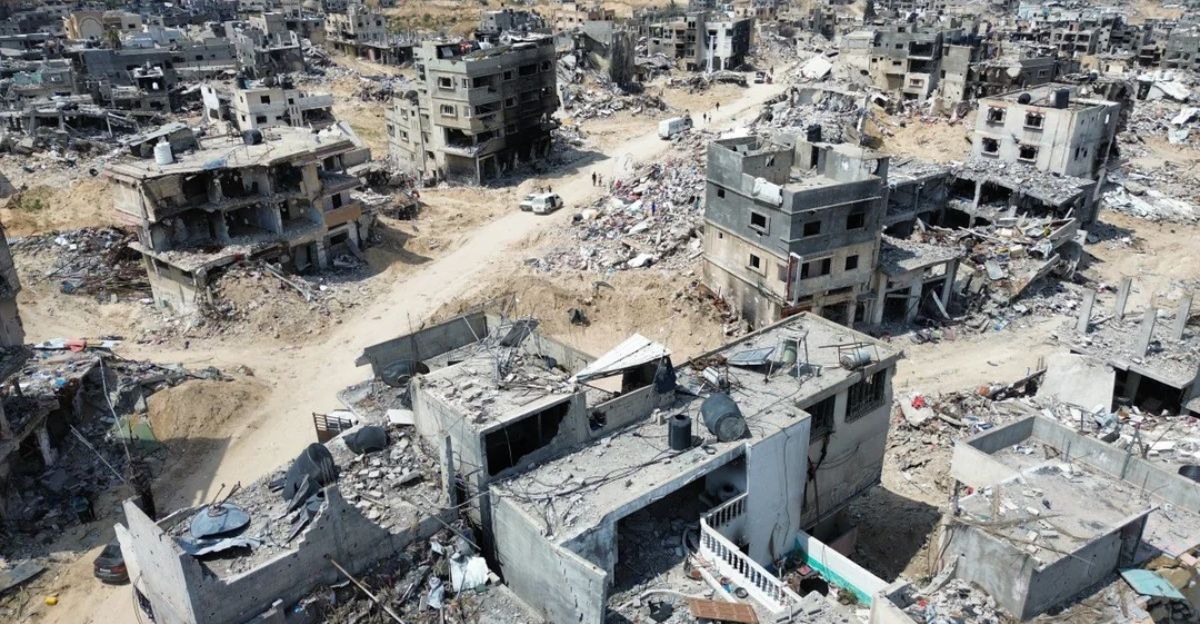
With more than 30 confirmed executions and Hamas refusing to disarm, the future of Gaza’s fragile peace hangs in the balance. Israeli officials have chosen restraint for now, but analysts warn the truce may not survive another shock.
According to a Reuters briefing, the ceasefire stands “on the edge of a knife,” its fate dependent on whether Hamas values power more than peace.